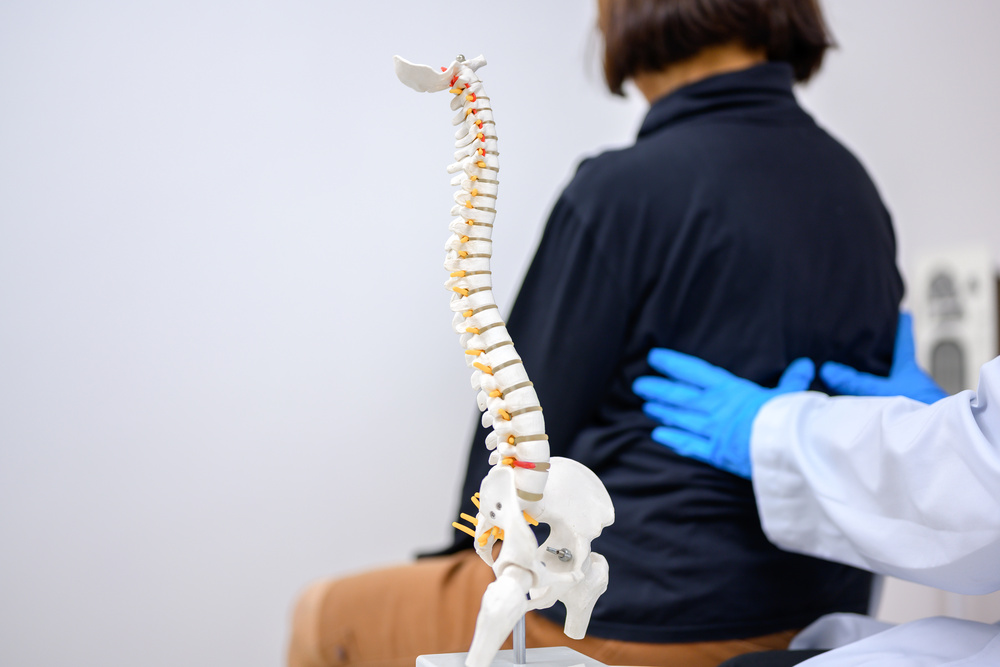
24 Jun What We’d Like You to Know About Stem Cell Therapy for Spinal Discs
Back pain is one of the most commonly heard complaints in doctors’ offices. While physicians often prefer to discuss lumbar and cervical pain, it is all about the back. And when it comes to back pain, patients just want relief. This understanding leads to the topic of today’s post: stem cell therapy and spinal discs.
Stem cell therapy is considered an emerging therapy because it is not yet mainstream. But emerging means neither ineffective nor unsafe. In fact, quite the opposite is true. The type of stem cell therapy we advise for spinal disc conditions is both safe and FDA authorized. Many of our patients testify to its effectiveness.
If you are experiencing persistent back pain related to spinal discs, we would like you to know more about stem cell therapy. It may not be your best option, but if it is, it could quite literally change your life.
The Body’s Natural Building Blocks
Stem cells are the body’s natural building blocks. There are different types of stem cells located throughout the body. They are so named because they transform into different types of tissue as they multiply.
The types of stem cells we are interested in for spinal disc procedures multiply to become various types of connective tissues. Though we rely on these stem cells to help repair damaged tissue in spinal discs, other physicians have harnessed them to treat osteoarthritis, bursitis, and a range of musculoskeletal injuries.
Our stem cell therapies for spinal disc issues are designed to restore function and relieve pain by replacing lost and damaged disc tissue. Most importantly, the stem cells used in your procedure would come directly from you. Cells donated from other people are not used.
A Simple Procedure in Practice
Stem cell therapy for spinal disc issues is an injection therapy. There are actually two needles involved: one to draw stem cell material and another to inject it at the site of injury or disease.
The types of cells we are after are found abundantly in bone marrow and adipose fat tissue. We prefer bone marrow for our procedures. To harvest the cells, we draw a bit of marrow from one of your bones, usually the hip bone. The drawn material is processed in a specialized centrifuge to produce a high concentration of stem cells which are then injected into the back.
Know that the stem cells you donate are classified as autologous stem cells. This simply means that you, as the patient, supplied your own stem cells and they were minimally manipulated before being injected back into your body. Autologous stem cells have long been approved by the FDA because they pose very little risk of rejection or complication.
What the Stem Cells Do
Although medical science is still trying to understand the exact mechanisms behind stem cell therapy, we know that stem cells begin to multiply when injected into a targeted site. They adapt to whatever tissue surrounds them, essentially mimicking the cells of that tissue to become identical to those cells. This is how certain stem cells become muscle tissue, for example.
By multiplying to become new spinal disc tissue, the stem cells repair damage. And when damage is repaired, pain is alleviated.
In terms of success, there are no guarantees. But this is true of any medical procedure. If you are experiencing pain due to spinal disc issues, it is possible that stem cell therapy could greatly reduce your pain and alleviate the need for back surgery. Visit us at Lone Star Pain Medicine in our Weatherford clinic and let’s talk about the treatment possibilities.


Sorry, the comment form is closed at this time.